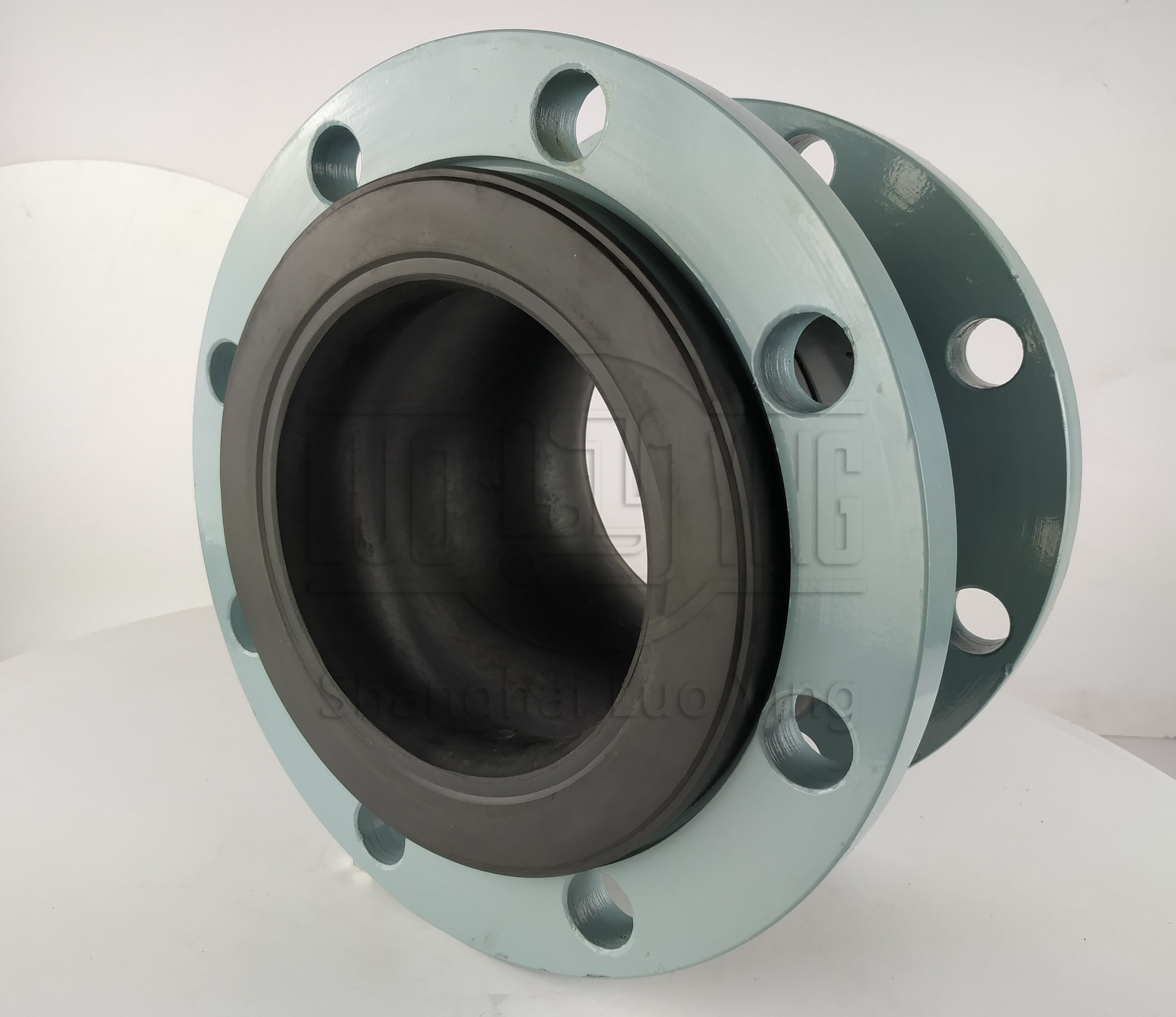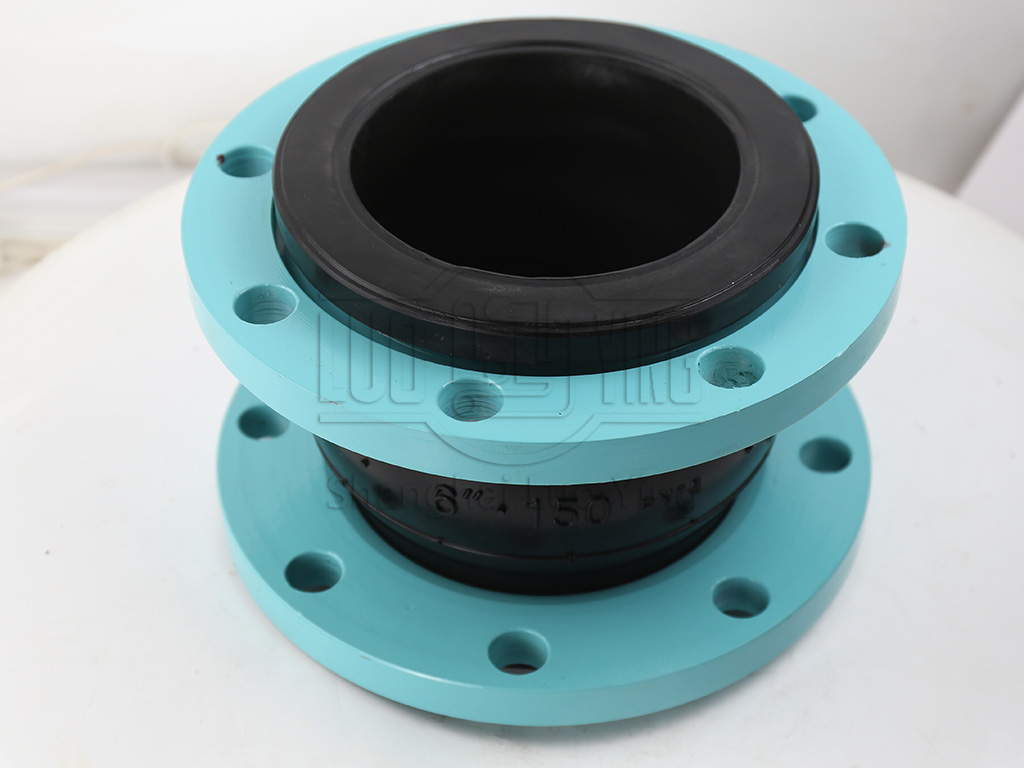What are the main uses of low-temperature rubber flexible connections?
Feb-23-10
Low-temperature rubber flexible connection is viewed and the exterior flaws are removed, cut into the required length, centered on the end of the perforated end of the low-temperature rubber flexible connection, and then sent to the heating furnace to be heated and perforated on the perforating machine. In the perforation together with continuous rotation and advancement, in the rollers and the effect of the top head, low-temperature rubber flexible connection inside gradually constitute a cavity. Then sent to the low-temperature rubber flexible connection on the continuous rolling. The wall thickness is evenly adjusted by the equalizing machine, and the diameter is fixed by the sizing machine to meet the standard requirements. The use of continuous rolling unit production of hot-rolled seamless low-temperature rubber hose connection is a more advanced approach. Vulcanization is usually carried out on the low-temperature resistant rubber flexible connection, low-temperature resistant rubber flexible connection in the variable section of the circular hole groove and the immobile conical head of the ring-shaped hole type. Vulcanization is usually carried out on a single-chain or double-chain vulcanizer of 0.5 to 100T.
Kneading method will be heated low-temperature rubber connections in a closed kneading cylinder, low-temperature rubber connections and kneading rod together with the movement, so that the kneaded parts from the smaller die hole extrusion. This method can produce smaller diameter low-temperature rubber connections. Before the low-temperature resistant rubber joint enters the electrochemical vulcanization tank, the water attached to the low-temperature resistant rubber joint is drained or blown dry. If the relative density is too high, beyond the formula value, indicating that the water is too little, to make up a few appropriate water, so that the relative density down to the specified value. Conditions according to the cycle of laboratory analysis of the solution, according to the results of timely adjustment. Vulcanization process of low-temperature rubber flexible joint appearance of the dissolution, the solution of iron, nickel, chromium content will gradually rise, at this moment the solution gradually lost vulcanization capacity, no matter how to increase the temperature, open wide, are not helpful to vulcanization capacity.


It can be treated with less or no electricity, and normal vulcanization can be completed soon. In the vulcanization process of lead plate appearance will sink hedge out a thick layer of iron, nickel and other impurities, affecting the appearance of conductivity, leading to decline, so that the vulcanized appearance of the density also can not go up, seriously affecting the quality of vulcanization. Therefore, the deposits on the low temperature resistant rubber flexible connection should be removed in a timely manner, sometimes constituting a hard thick film, to knock down to get rid of, flush clean, in order to adhere to the entire pipeline dawn.

